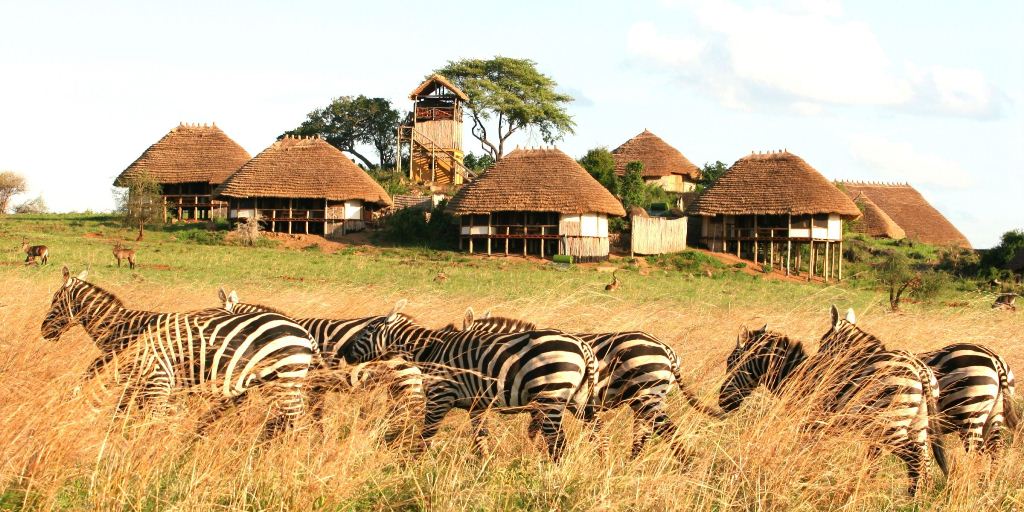As wildlife numbers continue to swell within Uganda’s protected areas, this could fuel a major human-wildlife conflict in future experts anticipate. This is true for the fact that as wildlife population increases, there will be fewer feeding grounds forcing the animals to invade human spaces.
As of today, Uganda’s has a whooping population of 43.7 million people with a noted high population growth. Surprisingly, Uganda’s wildlife numbers are increasing at a high rate too.
According to earlier captured wildlife data, Uganda has registered an increase in the number of elephants from 2,000 to 6,000 in the last 30 years. Mountain Gorillas in the three countries have increased too from 350 to more than 1,000 individuals.
Well as this is great news to the wildlife industry, it should be noted that these and others animals compete directly for land with humans.
According to the Executive Director Uganda Wildlife Authority (UWA) Sam Wanda, the increase in the numbers of wildlife is of great benefit to Uganda but poses a human wildlife conflict in future, because both human beings and wildlife want habitats which require land.
However, Lilly Ajarova, Chief Executive Officer Uganda Tourism Board [UTB] is optimistic the Uganda Wildlife Authority (UWA) will find a better solution to mitigate the population growth challenges of animals and human beings in order to promote tourism in Uganda.
Uganda has 39 wildlife protected areas including national parks, wildlife reserves, community wildlife areas and sanctuaries. Twenty-two (22) out of the 39 protected areas are national parks and wildlife reserves.
The national parks include Murchison Falls, Kidepo, Queen Elizabeth, the Rwenzori Mountains, Kibale, Semliki, Bwindi and Mgahinga.
Uganda’s wildlife reserves include Ajai and East Madi located in the extreme north-east of the Albertine graben, Bugungu and Karuma wildlife reserves in Buliisa and Masindi districts, Tooro-Semliki, Kabwoya and Kyambura wildlife reserves in Bundibugyo, Hoima and Bushenyi respectively, and Kigezi wildlife reserve in the extreme south in Rukungiri and Kanungu districts. The area also has a number of important forest reserves including Bugoma and Budongo.
The East African country has a total land surface area of 24,103,700 million hectares of which 16.6 % (4,001,214.2 hectares) is protected land from human settlement which hosts wildlife and forests.
About Guide2Uganda
Guide2Uganda (www.guide2uganda.ug) is the most comprehensive source of information about Uganda that exists on the web, with more content on Uganda and surrounding towns, attractions, museums and galleries than any other online guide that currently exists for Uganda as well as being a dynamic news and comprehensive events driven site with content being added daily.
According to WeFollow & Peer Index (whom both measure online influence) we are among the most influential online media organizations in Uganda. We were also awarded for ‘’Best Destination Website in Uganda’’ by Jumia Travel Uganda in the 2017-2018 Africa Travel Awards. If you are planning a visit to Uganda you can always reach us on; info@guide2uganda.ug




